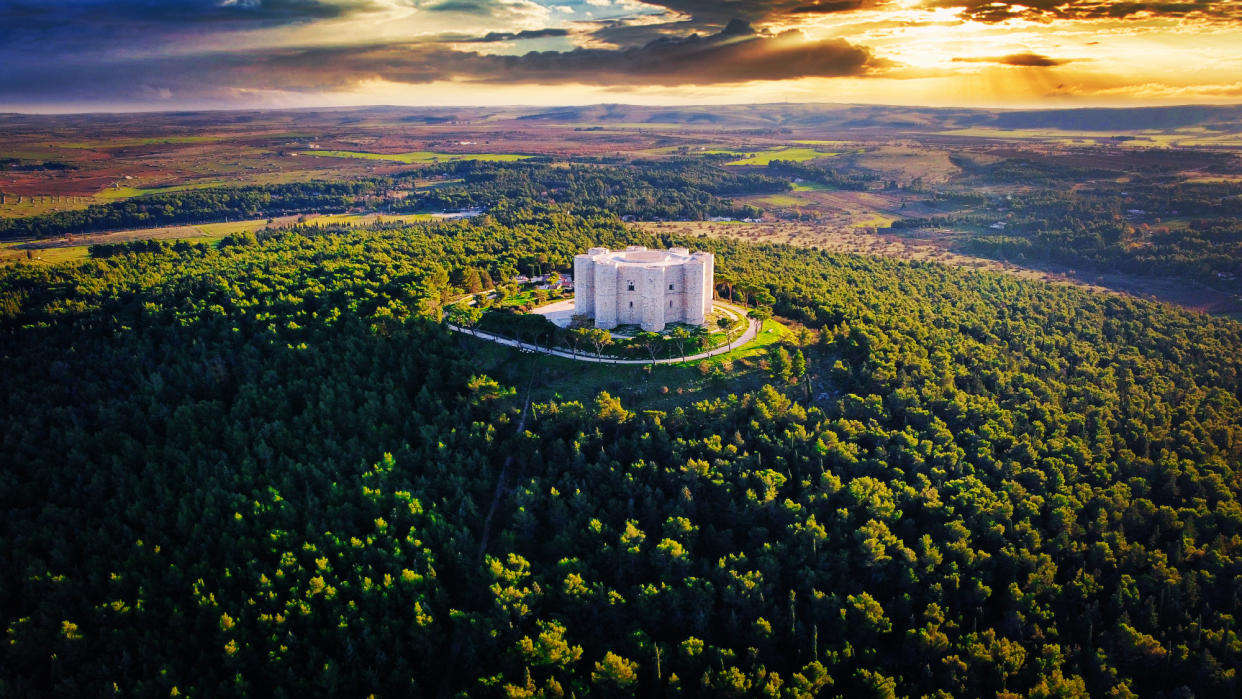Puglia's rich medieval heritage

The southeastern province of Puglia "feels a world away from the more familiar landscapes of central Italy". Its historic buildings are whitewashed, for instance, a tendency perhaps dating from its centuries under Greek-Byzantine rule. But I went in search of a different aspect of its heritage, said William Dalrymple in the Financial Times – the extraordinary legacy of the Holy Roman Emperor Frederick II and his Arab subjects.
A brilliant, freethinking "polymath" known as "Stupor mundi" or Wonder of the World, Frederick ruled over a swathe of Europe in the early 13th century, stretching from Sicily to the Baltic. But it seems he was particularly keen on Puglia, and especially on the large home he built for himself here – the Castel del Monte, "the most flawless of all medieval European castles".
A "dazzling" white octagon with eight octagonal corner towers, the castle was most likely influenced by Islamic models and, in its "harmony of proportions", foreshadows Renaissance architecture by 200 years. Here, Frederick – "a model of inquisitive tolerance" regarded as the Antichrist by some clerics – surrounded himself with "men of genius" from the Arab, Greek and Jewish, as well as the Latin Catholic, communities, with whom he discussed science, mathematics and philosophy. Today, the castle is a Unesco World Heritage site, and its high, vaulted ceilings and "superb" marble fireplaces are well preserved.
To the north sits the town of Lucera, to which, in 1222, Frederick relocated all the Muslims who had remained in Sicily after the Normans drove out the island's Arab rulers in the 11th century. Fifty years after his death, they were expelled, but for decades before then, Lucera was a "functioning Islamic city", a sort of "Italian Granada". It is "exceptionally beautiful", as is nearby Troia. Arab craftsmanship can still be seen in both, from the carved wooden ceilings of Lucera to the "filigree latticework" of the rose window in Troia's glorious cathedral.

